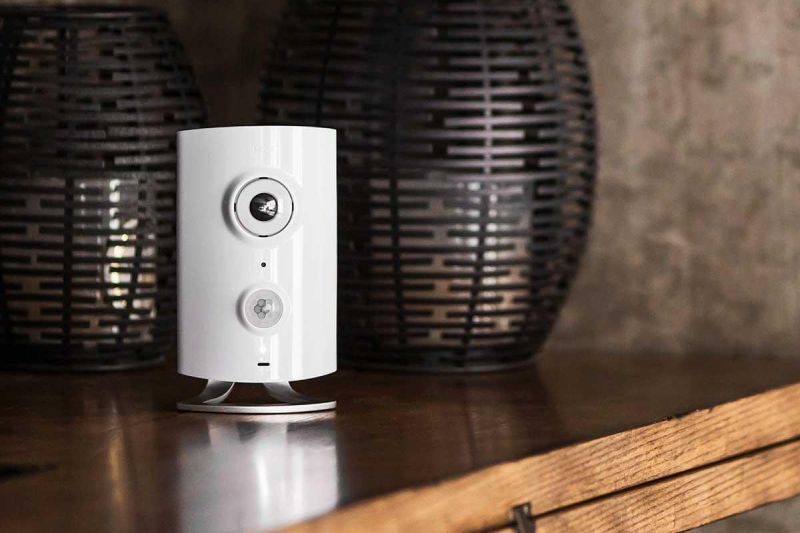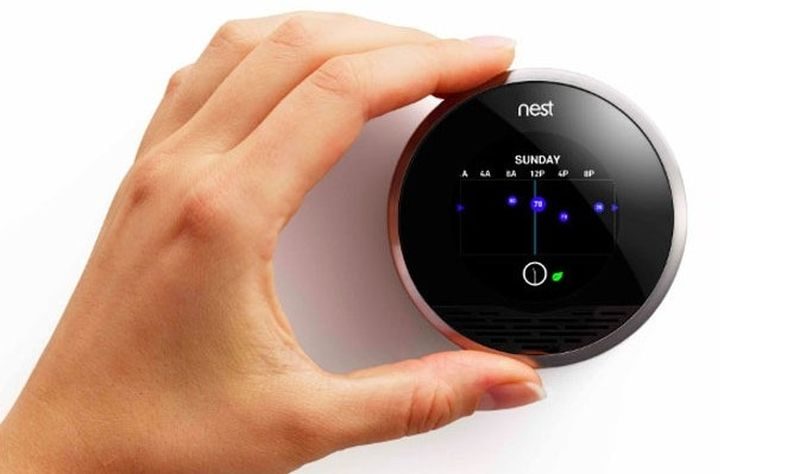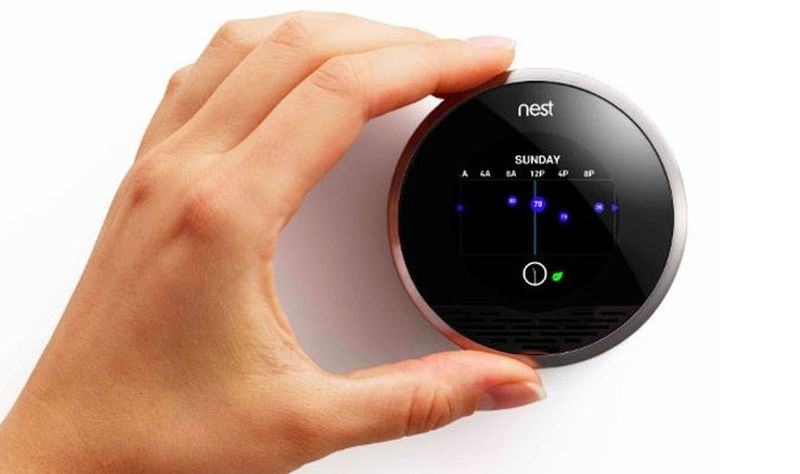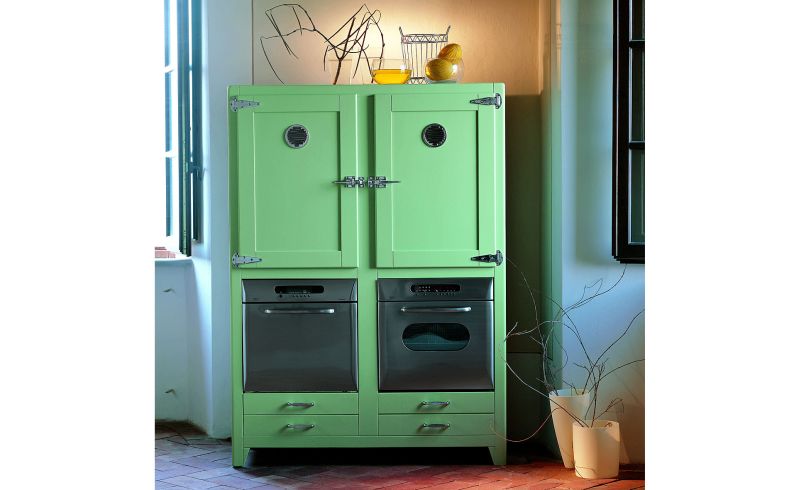Not very long ago, smart homes could be seen in sci-fi movies. Today, the IoT (Internet of Things) has made smart homes a reality for many. Connected devices are not only for the ultra-rich or geeks, but it’s now available for all consumers in stores. The market for connected devices is on the upswing with many consumers buying intelligent devices for their homes. According to experts, this could be due to the increased flexibility and connectivity of the devices. Connected devices, ranging from connected cameras, voice enabled hubs like Amazon Echo, Alexa, Dot and so on, seem to be the driving force in the sales of smart home products. Let’s take a look at whether smart products or connected customers are behind the growing success of the IoT market growth:
Smart devices which are fun and easy to use

As with all new technology, curiosity and the fun factor is also a major factor in driving up sales. Connected devices in a smart home are a novelty factor, and as companies are now providing this technology in affordable prices, people, especially those who are first time buyers of appliances such as young people who are setting up their homes for the first time out of college or newlyweds are more open to connected devices. They already exist in a connected world and use their smartphones most of the time, for entertainment as well as work. So this segment of consumers are buying smart products because they can control them through phone apps. It’s also fun to be woken up by your own special intelligent assistant who gets your morning started according to your preference, via connected coffee makers and wake up alarms and then leads you through the whole day, helping you run your home efficiently.
However, according to certain experts, positive sales may not be due to the technology, but could be due to the awareness of certain products belonging to well known brands which are based on IoT tech.
Intelligent customers are influencing the design and functionality of products

Customers who are comfortable using appliances which perform the required function without any connected ability need more convincing to buy smart devices. If a customer has been using non-smart products comfortably for years, then manufacturers have to tell them the benefits of upgrading to smart versions of their products. Manufacturers also have to design the products in a way that their connectivity is viewed as a much required function, rather than an added bonus.
Therefore, for the market growth of connected devices, marketing teams of companies first have to convey the benefit of the product, which makes them seem vital for the home, and they have to destroy any scepticism that customers might have. Right now, the sophistication of the product shouldn’t be the focus of marketing. It should be creating the need and awareness for connected devices in consumers.
Improved compatibility, communication and concentration can help to increase sales

The connected industry is not mainstream as yet, and has quite a way to go before it does so.
The sales of TVs and not much else could be due to issues of compatibility. Many connected devices are not compatible with others, making them unusable unless one buys only what is compatible.
Consumers need to be made aware of the benefits of a connected home, such as lower utility bills and greater security to convince them to convert their homes into smart homes.
Brands need to concentrate on older and younger Millennials, as these two groups have shown the most interest in purchasing smart devices, instead of indiscriminate marketing.
Price factor

According to studies, the high prices of smart products are also a deterrent to consumers buying them. But most people showed an inclination to buy if prices were low, or if there was a payment plan.
Brand loyalty has diminished over the years, with consumers shifting to newer and better (perceived) products and brands, and marketers can take advantage of this by engaging the customer and creating a personalised experience which helps them to stand out, and thus create a consumer base. Thus, as of now, connected consumers seem to be the driving force rather than smart products.




